Your cart is empty!
- Edition of 10
- 30 x 37 inch | 76 x 94 cm
- C-type on Fuji Flex Super Gloss
- Signed, numbered & titled on reverse
- Certificate of authenticity
- Free shipping worldwide
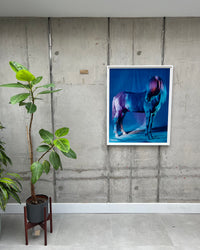
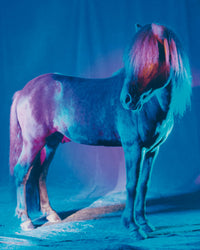
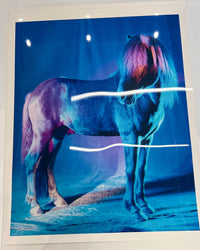
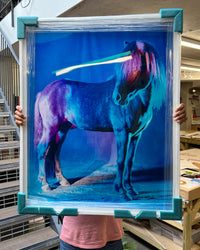
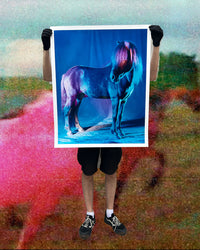

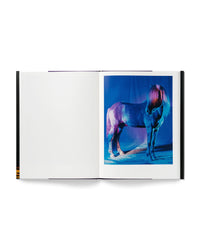
£2,200.00
_____
Gareth McConnell’s psychedelic photographs of Icelandic horses reimagine these animals not as symbols of control or nobility, but as electric, cosmic beings flickering between dream and hyperreality. Bathed in neon hues, they pulse with strange sentience, echoing art historical and literary references—from Franz Marc’s spiritual color theory to Edwin Muir’s apocalyptic steeds and Nietzsche’s Turin horse—each adding layers of meaning around freedom, chaos, and the unknowable. Set against Iceland’s mystical, volcanic landscape and resonating with the energy of interstellar ley lines, McConnell’s horses become more than animals; they are surreal messengers, blurring the boundaries between nature, myth, and the digital sublime.
_____
‘These fantastical Horses look like My Little Ponies on Mars'
Sam Anderson, The New York Times Magazine.
_____